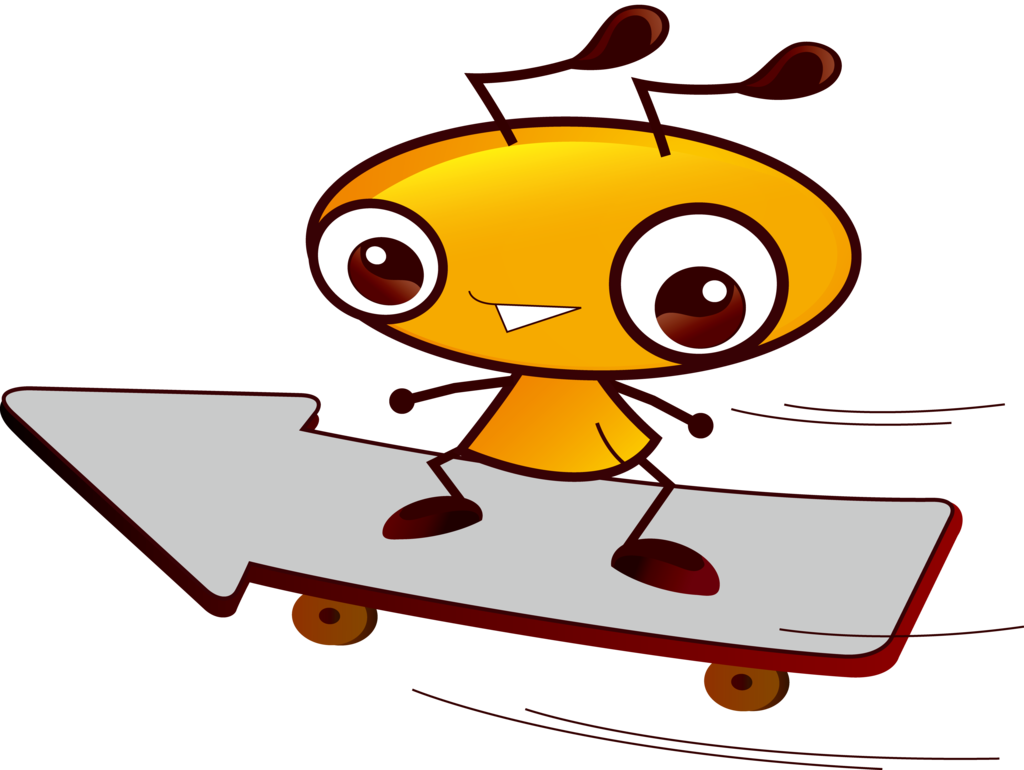
Every human has a strong preference when choosing which hand to write with, and even crows have even been found to have a favored side when using their beak as a tool. Why ants may have this bias for the left remains unknown although biologist Edmund Hunt, who was involved in the University of Bristol study.
In the study, ant colonies were placed in a large square Petri dish, which acted as a “nest”, measuring 23cm by 23cm. The colony’s nest entrance was opposite that of an unknown nest. The unknown nest was darker than the starting nest - making it more attractive to the ants.
Scientists stimulated exploration of the unknown nest in the experiment by destroying the starting nest. After ants had explored and exited the new nest, they were removed to a separate holding dish until the end of the experiment to prevent them from participating in a second trial. After each ant exploration, a new wall was put in place to prevent the accumulation of ant pheromones- chemical messengers - that could affect an ant’s choice of direction.
A directional choice for left or right was determined if an ant remained within a body’s width of the wall; otherwise its choice was recorded as “other”. In the experiment the ants mostly chose to turn left, as opposed to right, when exploring the new nest.
Regional brain of tasks has been observed in many animal species and is beneficial since it allows animals to carry out two tasks at the same time without sacrificing efficiency. For instance, a right eye/left brain hemisphere for identifying food, and a left eye/right brain hemisphere bias for food detection and escape, are reported in fish and lizards.
本时文内容由奇速英语国际教育研究院原创编写,禁止复制和任何商业用途,版权所有,侵权必究!
1.The underlined word “bias” in the first paragraph may mean ______.
A preference
B tool
C knowledge
D direction
解析:选A。A 根据文章第一段第一句“Every human has a strong preference when choosing which hand to write with”以及最后一句“Why ants may have this bias for the left remains unknown”可知人类对选择用哪只手写字有很大的偏好,而蚂蚁对左边有着偏好的原因未知,所以划线单词的意思为“偏好”。
2.Why did the researchers choose a Petri dish?
A They used it as the food.
B They used it as the entrance.
C They used it as the colony.
D They used it as the nest.
解析:选D。D 细节理解题。根据文章第二段第一句ant colonies were placed in a large square Petri dish, which acted as a “nest”可以得知研究者把Petri dish用作蚂蚁巢。
3.What did the ants used their left eyes for?
A Foods.
B Animals.
C Nests.
D Brains.
解析:选C。C 细节理解。根据第四段最后一句In the experiment the ants mostly chose to turn left, as opposed to right, when exploring the new nest.可以得知,蚂蚁向左转时是想寻找巢穴。
4.What did the research do to let the ants choose their own directions?
A They participated in a second trial.
B They set up a new wall in place.
C They destroyed a starting nest.
D They added the ant pheromones.
解析:选B。B 根据第三段最后一句的a new wall was put in place to prevent the accumulation of ant pheromones(外激素) - chemical messengers - that could affect an ant’s choice of direction可知为了让蚂蚁选择自己的方向,他们在恰当的位置建立了一道墙。故该题的正确答案为B。
5.What is the main idea of the fifth paragraph?
A The benefit of the regional brain of tasks.
B The efficiency of the animals’ observing.
C The brain hemisphere are well separated.
D The best way of identifying the foods.
解析:选A。A 主旨大意题。从文章第五段第一句的Regional brain of tasks has been observed in many animal species and is beneficial可以得知,方向的选择对很多动物是有益的。